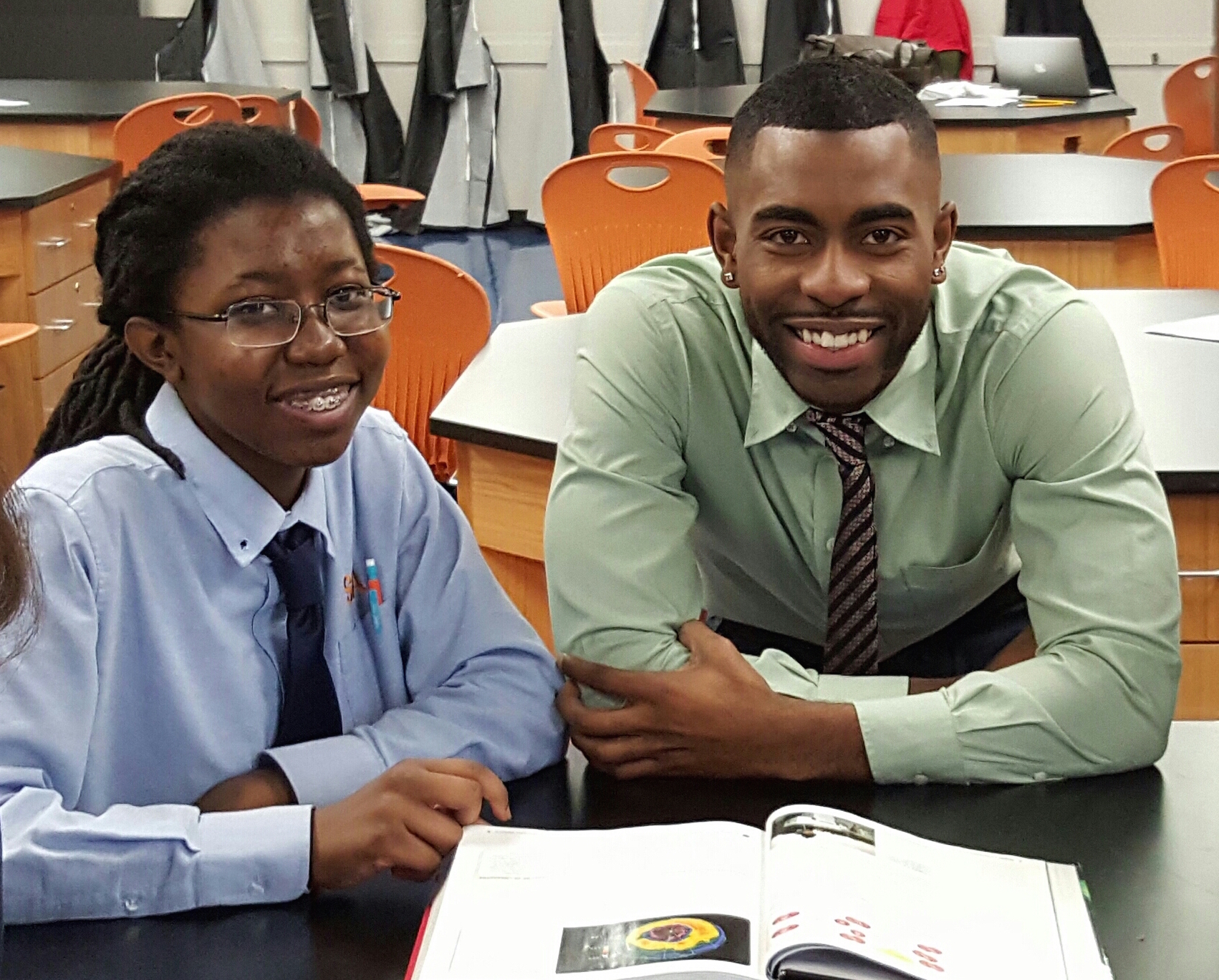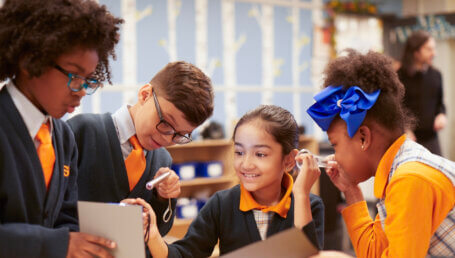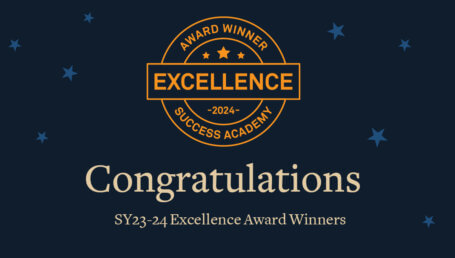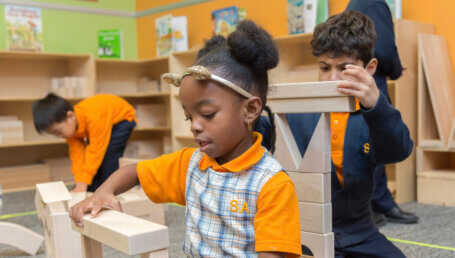
In the fall, scholars at Success Academy High School of the Liberal Arts spend three weeks in Winter Opportunity Academy, where we get to choose STEM (science, technology, engineering, and math) and humanities topics to study in depth from over 30 courses offered by the faculty.
This December, I jumped at the chance to take “Sustainability and Urban Design” with Mr. Henderson, who regularly teaches chemistry. His class opened my eyes to environmental threats like global warming, an issue world leaders were addressing in Paris that same month. Suddenly, the environmental issues that we were studying and discussing in class became more real and pressing — and that made learning more fun and exciting.
One lesson that helped me better understand what’s at stake if we don’t solve global warming was our study of the Earth’s melting glaciers. I learned that water freezes at 32 degrees Fahrenheit. If the Earth’s temperature rises above normal, even by 1 degree, ice is no longer freezing. How can melting ice affect us? Consider that both of the Earth’s poles are covered with tons and tons of ice, and when polar ice melts, sea levels rise. This is a serious threat to people who live in coastal areas that are at or below sea level — like New York.
Glaciers are also home to many living organisms, including animals. With their habitats melting, they have nowhere to live and less food to eat. Another dire effect of climate change, one that hits a bit closer to home for me, involves chocolate. Cacao plants — the main ingredient used to make chocolate — grow only in a certain climates. If temperatures continue to rise, cacao plants will die, leading to a decline in the production of chocolate. No one is more alarmed by this than me.
What is causing global warming, and what can we do about it? I researched the first question, and the answer is evident: Human activity is contributing to global warming. The answer to the second question, though, is much more difficult. Countries are struggling to manage greenhouse gas emissions such as carbon dioxide and methane that are making the Earth warmer.
One way to lower emissions is to reduce our dependence on fossil fuels like coal and oil and use renewable, clean energy sources like wind and solar power instead. When our teacher Mr. Henderson challenged us to find out if our school building was energy-clean, we conducted an investigation and discovered that our building produces greenhouse gases from fossil fuels. We proposed making retrofits to make our building “green” and more energy-efficient.
But my own everyday actions have a big impact on the environment too. Before taking this course, I did not realize this, but over the course of three weeks, I learned that simple things like leaving my phone to charge overnight, forgetting to turn off the lights or the television before going to school, or leaving the water running for too long eats up our precious resources. I have always been the one who yells at people who show indifference toward the environment. But now I know that I need to do more. At home, my family is starting to recycle any plastic water bottles and paper we use. I have cut back on how long I keep the television on, and I unplug my phone and computer as soon as they are charged. And I keep the lights on only if it is absolutely necessary.
In the future, I want to help other people become aware of how they can protect our planet. Until then, I will continue to educate myself and make small changes that over time make a big difference.








